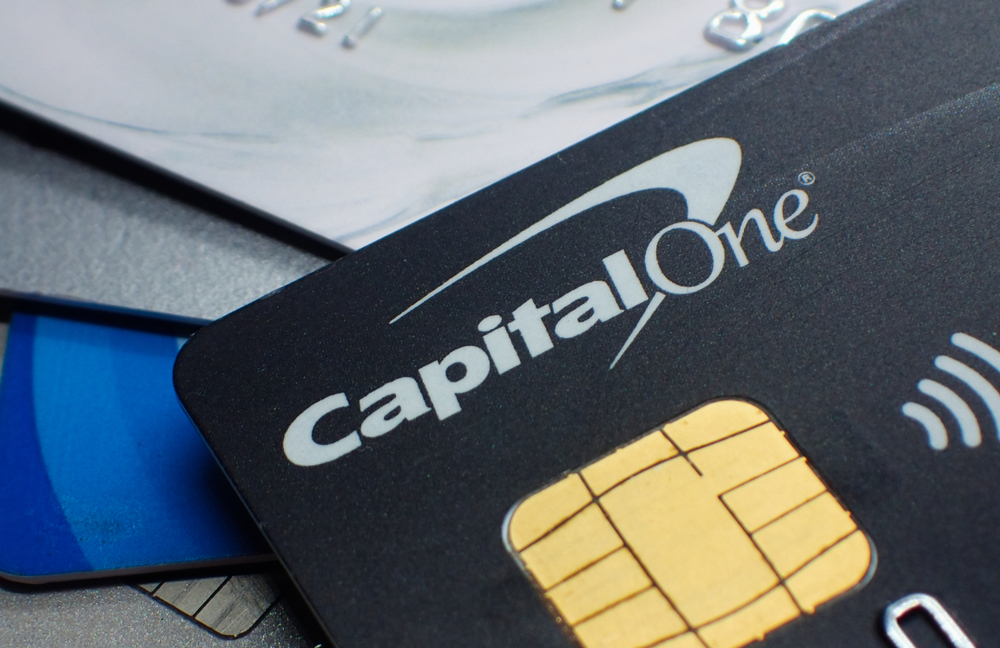Capital One Sees Charge-Off Rates Reaching Pre-Pandemic Levels

Consumers are spending more on their cards — and delinquency rates are creeping up.
To that end, Capital One’s company materials show that the allowance for losses in its credit card portfolio was just under $11 billion, representing a 7.7% ratio, up from the 6.7% seen a year ago — but below the double digits seen at the end of 2020.
Drilling down into the domestic card business, per the company results for the second quarter ending June 30, the 30-day performing delinquency rate was 3.7% in the most recent period, up from 2.4% last year, even as purchase volumes in the quarter surged 11% to more than $154 billion.
Chief Financial Officer Andrew Young and CEO Richard Fairbank said on the call Thursday (July 20) that purchase volumes remain strong. And as Fairbank said, ending loan balances in the domestic business were up 18% year on year. The delinquency rates, per management commentary, is now above its 2019 levels seen in June. They said the charge-off rate hasn’t quite caught up yet, but that rate should reach 2019 levels as soon as the current quarter.
Auto originations were down 31%. And with a nod to deposit activity, average deposits were up 12% year over year and up 2% from the sequential quarter. Company earnings supplementals detail that roughly 69% of the customer base is at a FICO score of at least 660, down a percentage point from last year. The company said that credit card period-end loans increased $5.3 billion, or 4%, to $142.5 billion. Domestic Card period-end loans were up by $5 billion, or 4%, to $136 billion.
Looking to Digital Conduits
“As banking goes digital, our modern technology capabilities are generating an expanding set of opportunities across our business,” Fairbank said on the call.
“We are driving improvements in underwriting, modeling and marketing as we increasingly leverage machine learning at scale.”
Looking ahead and assuming that unemployment moves higher into the 4%+ range in the months ahead, and in response to questions about the current cycle, CFO Young said that “credit continues to normalize.” Chimed in Fairbank in response to charge-off rates:
“Past charge offs are the raw material for future recoveries, and we just lived through three years of very low charge offs. So our recoveries will be unusually low in the short to medium term,” but “we tend to have meaningfully higher recovery rates than the industry average …. we continue to get increased traction in the pursuit of heavy spenders,” he added later in the call. There still remain excess savings, though the buffers are shrinking.

